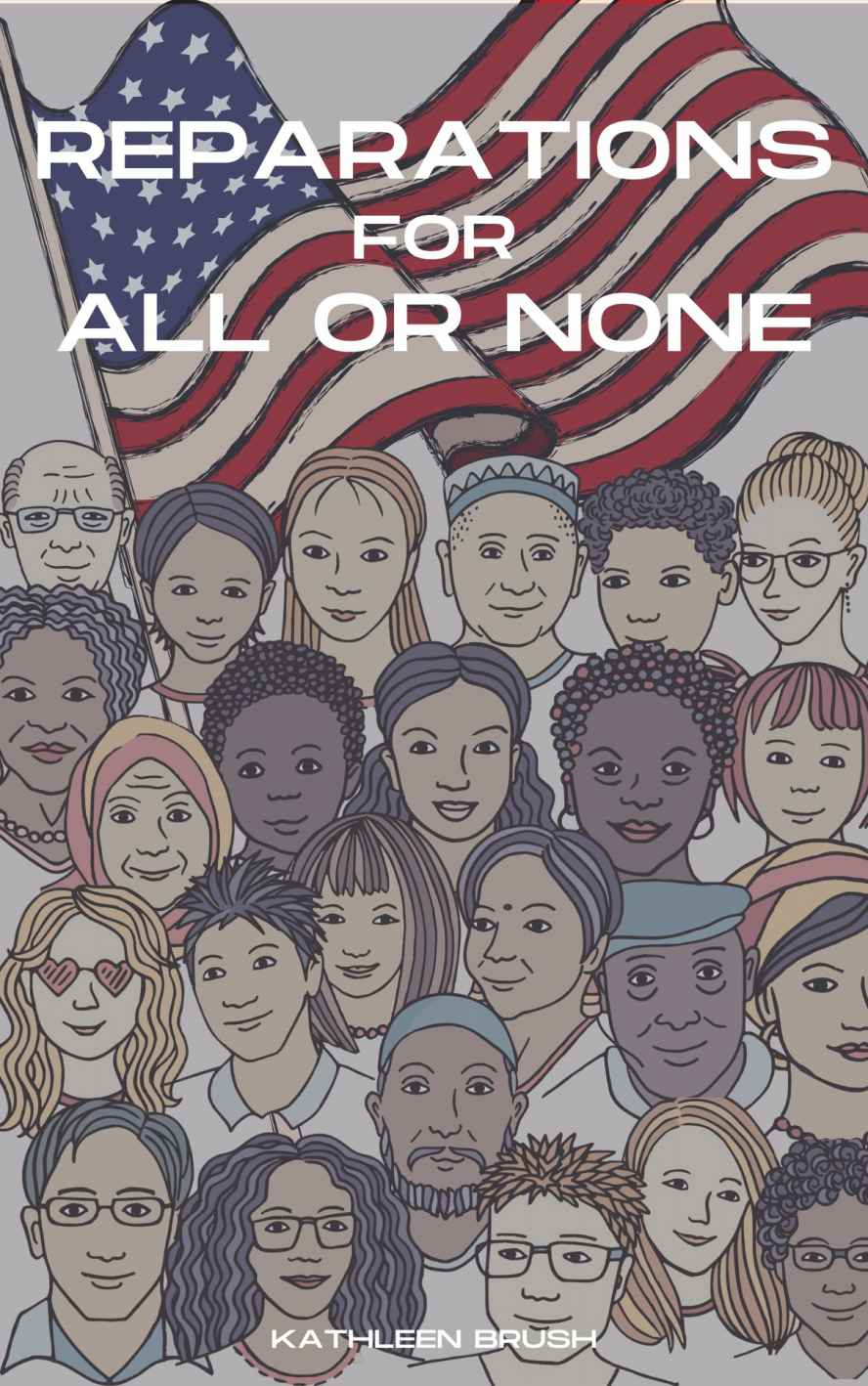
Reparations for All or None PDF
Preview Reparations for All or None
America was created to fail. Nations that enjoyed peace and prosperity had populations that were racially, ethnically, and religiously homogenous. That was neither the Thirteen Colonies nor the United States. In the 18th and 19th centuries, experts predicted that America would fail because of the conflict inherent in diverse populations. There is no question that animosities filled the air. Biases from the Old World became entrenched in the New World United States.
Who should receive reparations for America’s historical sins? Native Americans and nearly every descendant of an immigrant that arrived between 1607 and 1964 could qualify for reparations using a yardstick of acceptable and legal behaviors today. Discussions today, focus on reparations for descendants of slaves, but millions of others endured unbearable prejudices and hardships. Life in America was an ongoing survival of the fittest competition.
After WWII, America ended its tolerance for intolerance. In the Civil Rights Act of 1964, no American was to have their success hindered by racial, ethnic, or religious animus. This Act was unique, bold, and brilliant. Then the government lost its mind. In the Immigration and Nationality Act of 1965, the United States became an "all-comers" nation.
Pouring unlimited diversity on top of a nation that had just committed to trying to end animosities among its current diverse population was reckless. Legislators had again bought into the myth of the melting pot. It took nearly 400 years for diverse white ethnicities to unify as Americans.
Diversity, animosities, and competition in America would never again be black and white. By 2020, there were 80 million immigrants and descendants from America’s newer Asian, Latino, and African populations. These relative newcomers have created fountains of competition and new animosities, but most Americans are obtuse to the challenges of increasingly diverse populations.
Reparations for All or None tells the unique story of how America built a racially, ethnically, religiously, and socially diverse peaceful and prosperous nation. For the first 200 years, the grandest challenges were building the foundations for a stable nation in a very inhospitable environment. For 200 years following independence, Americans had to defend their sovereignty from European and Asian imperial powers, and domestically from the Confederate States of America. Internally, they had to endeavor to defy the incontrovertible wisdom that it was impossible for America’s increasingly diverse population to achieve peace and prosperity.
Some will scratch their heads when reading about contradictions to current narratives that reflect historical revisions cited so often, they seem true. America is falsely portrayed as the home of irredeemably white supremacists, white privileged people. America is so evil; it must pay reparations to the descendants of its victims. This is a shameful portrayal of a country whose history, in a global context, is to be admired.
Reparations for All or None sets the historical record straight because the continuation of American peace and prosperity depends on it. America’s history of increasing diversity is treated even handedly. The unwanted outcomes of the post-1964 period of government-driven accelerated diversity and dependency that is fueling fodder for harmful racial divisions is evaluated. To achieve these goals, revisionist history is sidelined, and newspeak is silenced. America’s history of diversity is placed in a global and time-dependent context.
